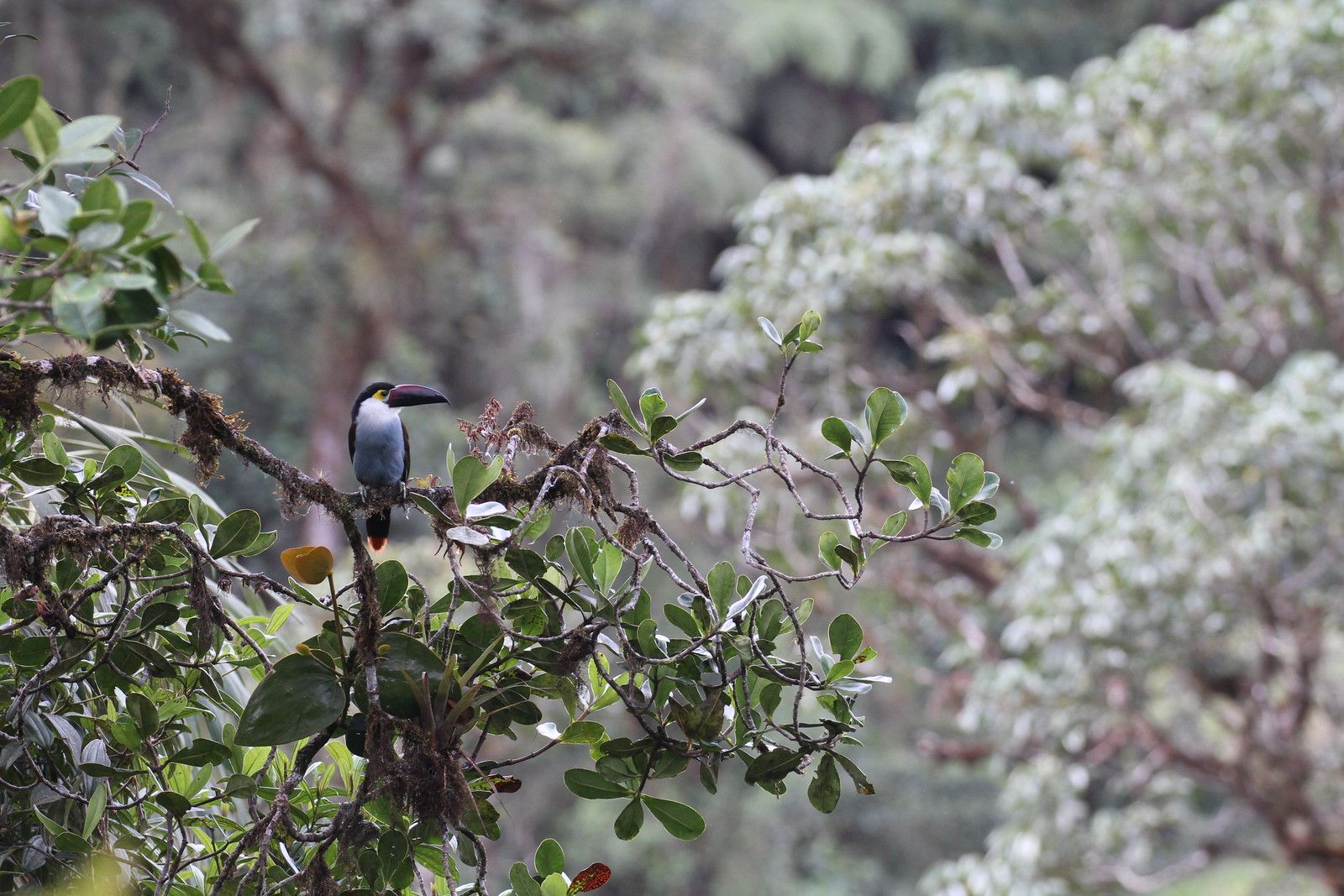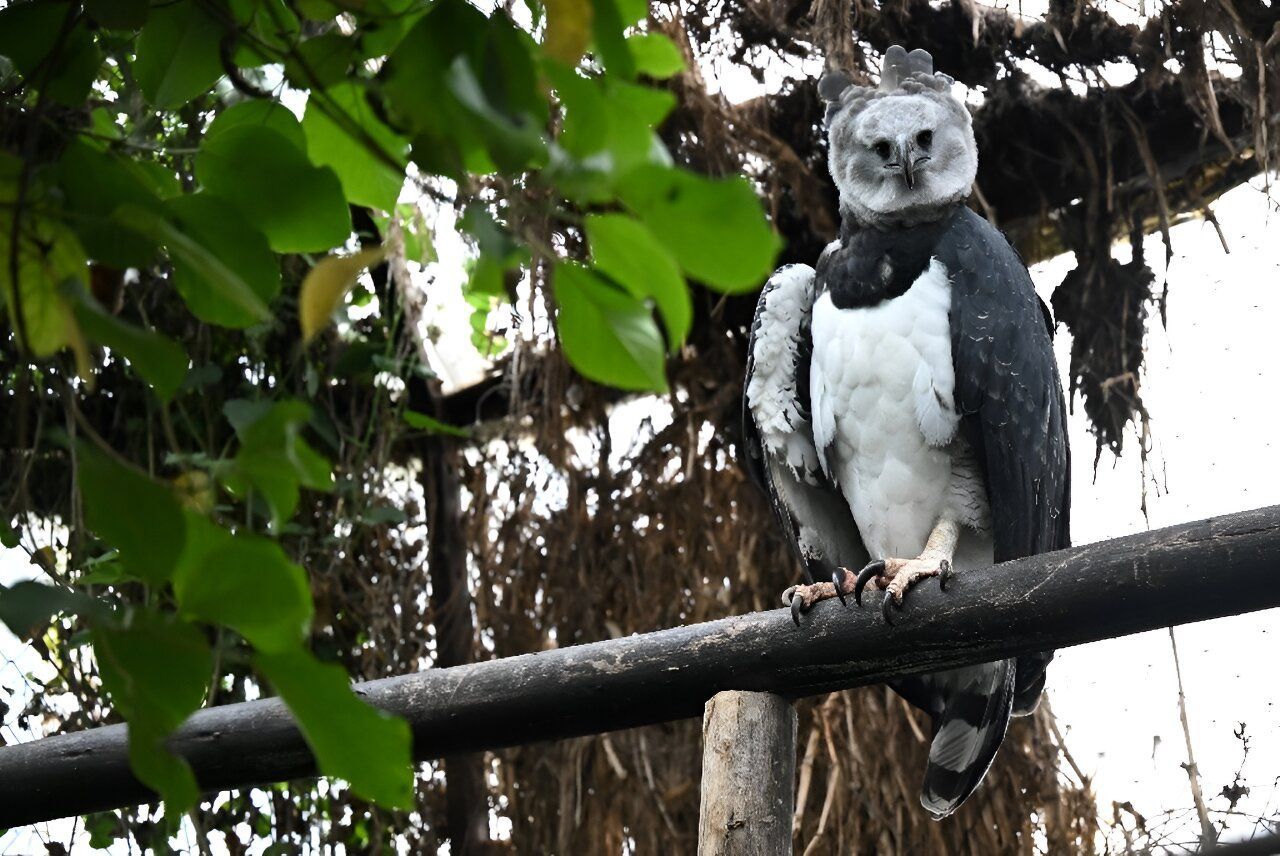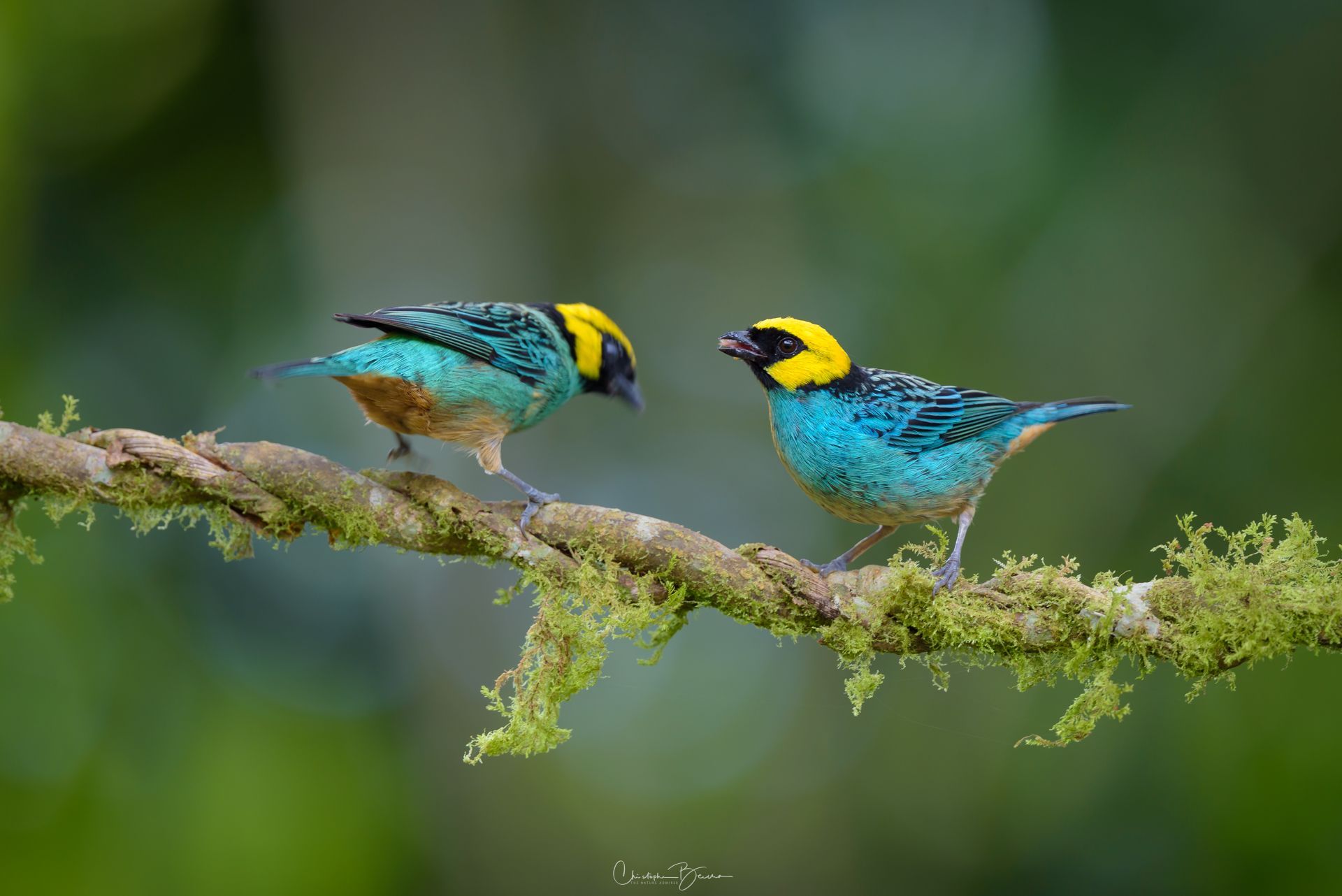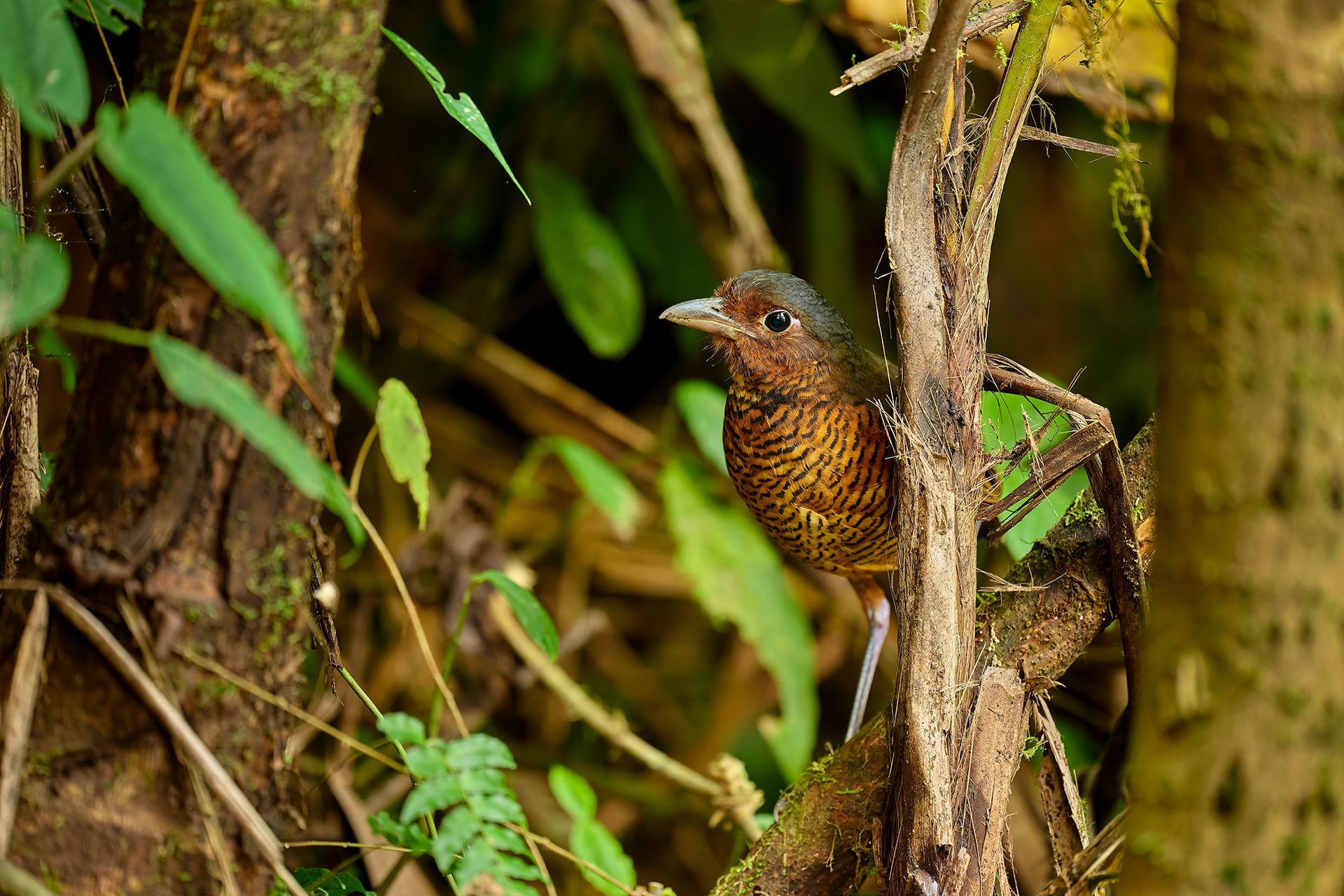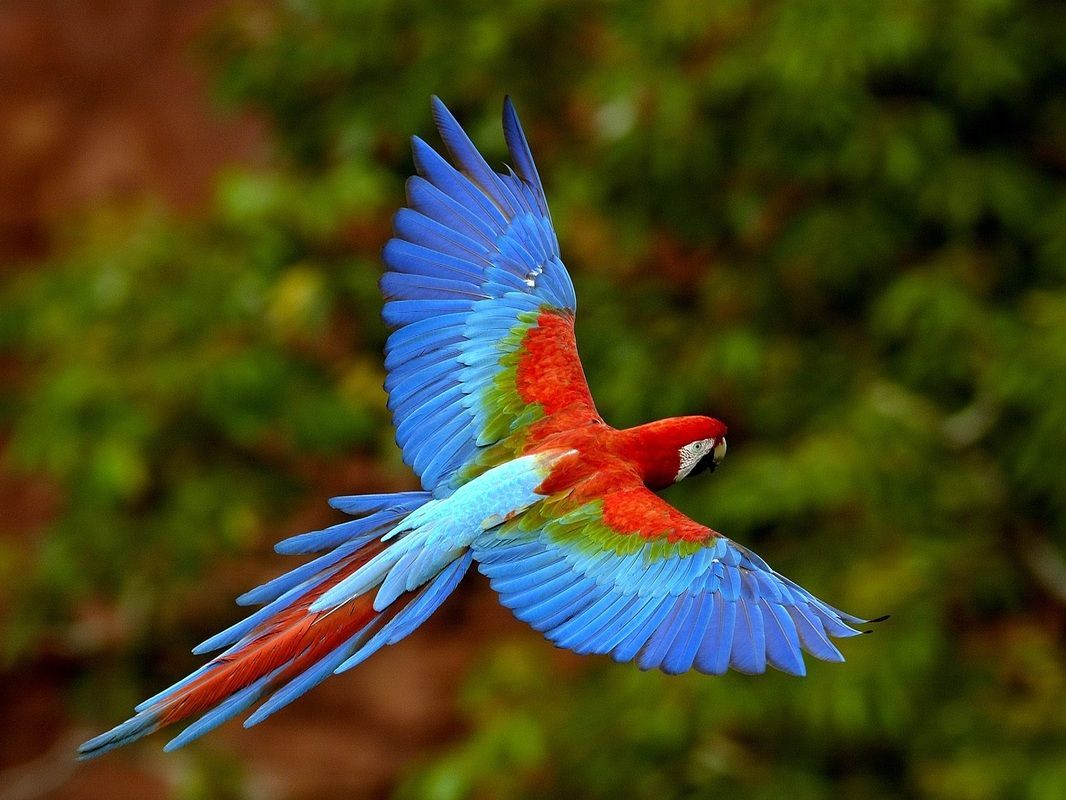3
David Casas • September 10, 2025
This is a subtitle for your new post
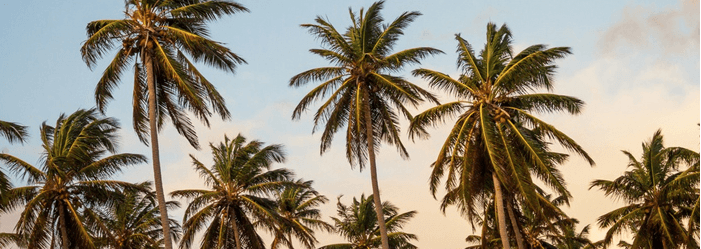
The body content of your post goes here. To edit this text, click on it and delete this default text and start typing your own or paste your own from a different source.
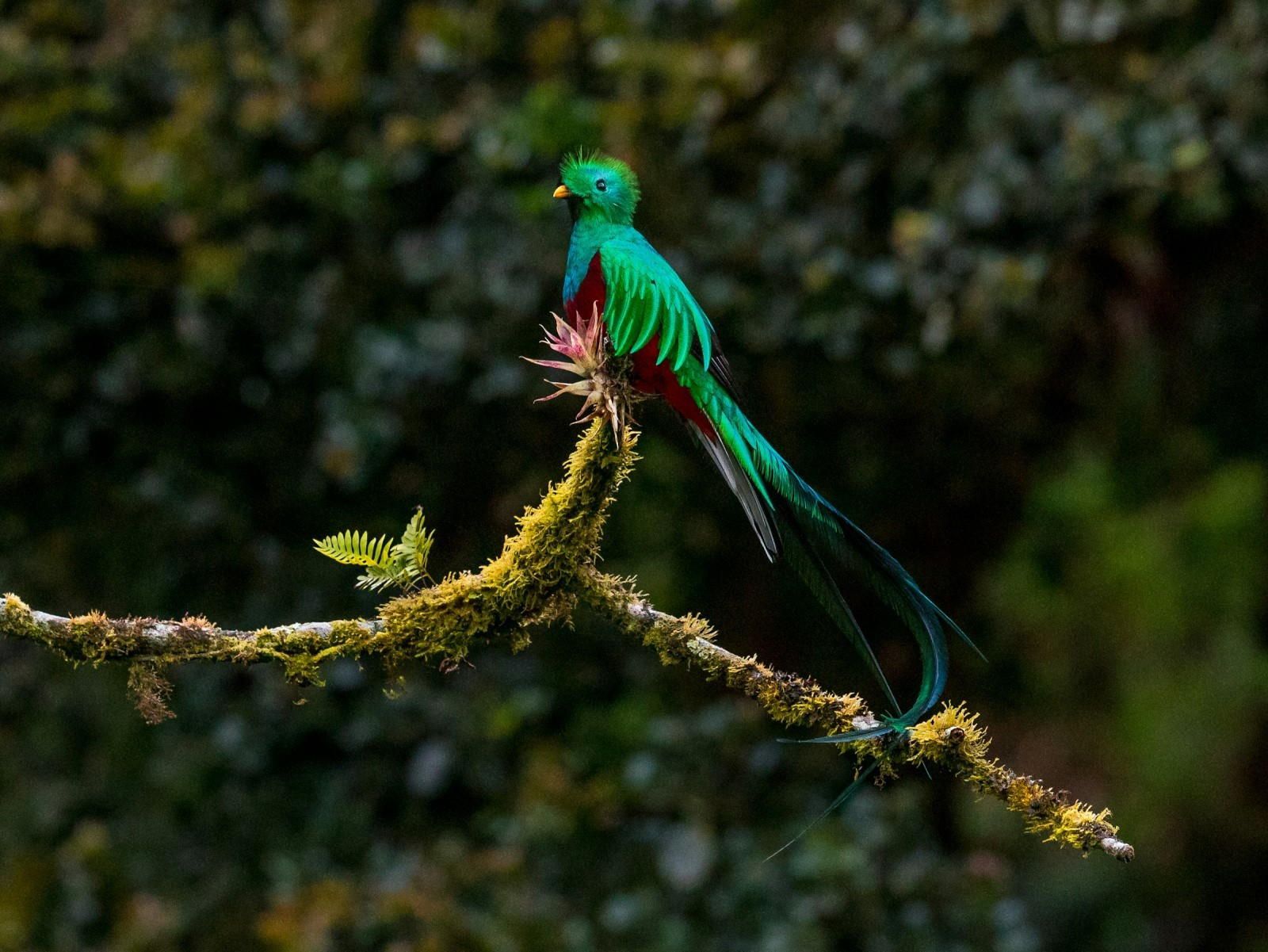
By David Casas
•
September 5, 2025
With its turquoise waters, lush mangroves, coral islands, and tropical forests, the Caribbean region is much more than a vacation paradise. For birdwatchers, it is one of the most diverse and rewarding destinations in the world. Stretching across island nations and coastal countries, the Caribbean is home to over 700 bird species , many of them endemic—meaning they are found nowhere else on Earth. From the elegant Flamingos of Bonaire to the elusive Cuban Tody , and from seabirds nesting on remote cays to hummingbirds hovering in rainforest clearings, the Caribbean offers endless opportunities for discovery. Whether you are a beginner birder, a seasoned ornithologist, or a wildlife photographer, the region provides a perfect blend of accessibility, diversity, and natural beauty. Why the Caribbean is a Birdwatcher’s Paradise Unmatched Biodiversity Over 171 endemic species across the islands. Unique ecosystems: mangroves, wetlands, coral cays, rainforests, and dry forests. Year-Round Birding Resident tropical species all year. Migratory species from North America during winter months. Accessibility Short flights from North America and Europe. Infrastructure for eco-tourism and birdwatching tours. Scenic Backdrops Birds against settings of beaches, volcanoes, and tropical jungles make the experience visually unforgettable. Top Birdwatching Destinations in the Caribbean Cuba Signature Species : Cuban Tody, Bee Hummingbird (world’s smallest bird), Cuban Trogon (national bird). Habitats : Wetlands like Zapata Swamp, pine forests in the Sierra Maestra. Highlights : Over 370 species recorded, including 28 endemics. Jamaica Signature Species : Jamaican Mango, Red-billed Streamertail (“Doctor Bird”), Jamaican Owl. Habitats : Blue Mountains, Cockpit Country limestone hills. Highlights : 28 endemics, making it a top destination for endemic birding. Dominican Republic & Haiti (Hispaniola) Signature Species : Hispaniolan Trogon, Palmchat, Ridgway’s Hawk. Habitats : Mountain cloud forests, dry scrublands, mangroves. Highlights : One of the most diverse islands, hosting over 30 endemics. Puerto Rico Signature Species : Puerto Rican Tody, Puerto Rican Parrot (critically endangered), Adelaide’s Warbler. Habitats : El Yunque rainforest, Guánica dry forest, mangrove lagoons. Highlights : Compact yet home to 17 endemic species. Lesser Antilles (Grenada, St. Lucia, Dominica, etc.) Signature Species : St. Lucia Parrot, Imperial Amazon (Dominica), Grenada Dove. Habitats : Rainforests, volcanic peaks, coastal wetlands. Highlights : Small islands with high concentrations of unique species. Coastal Colombia & Venezuela (Caribbean Lowlands) Signature Species : Scarlet Ibis, Northern Screamer, Chestnut-winged Chachalaca. Habitats : Caribbean wetlands, mangroves, and dry forests. Highlights : Gateway between South America and the Caribbean islands. Iconic Birds of the Caribbean Flamingos – Found in Cuba, Bonaire, Aruba, and the Bahamas, often feeding in shallow lagoons. Magnificent Frigatebird – Large seabird with striking red throat pouch seen soaring over coastlines. Brown Pelican – Common along beaches and fishing villages. Bananaquit – Cheerful, nectar-loving songbird found across the islands. Trogons and Todies – Jewel-like species with brilliant colors, a photographer’s favorite. Endemic Parrots – Each island seems to have its own parrot species, from the St. Vincent Parrot to the Puerto Rican Parrot. Best Seasons for Birdwatching Winter (November–March) : Peak for migratory species from North America. Spring (April–June) : Breeding season, ideal for observing courtship displays. Summer (July–September) : Resident species dominate; seabird colonies active. Autumn (October) : Good for migratory shorebirds stopping over. Photography Tips for Caribbean Birding Work with Morning and Evening Light : Caribbean sunlight can be harsh at midday. Early and late hours provide soft, golden tones. Use Natural Backgrounds : Birds framed against turquoise seas, mangrove roots, or tropical flowers create iconic shots. Be Patient in Rainforests : Species like todies and parrots are active in bursts; waiting pays off. Capture Behavior : Photograph hummingbirds feeding, frigatebirds displaying, or flamingos in synchronized feeding for dynamic images. Conservation Challenges While the Caribbean is a birdwatcher’s dream, it also faces threats: Habitat Loss : Urban expansion, tourism infrastructure, and deforestation. Invasive Species : Rats, cats, and mongoose predate on nests. Climate Change : Rising seas and stronger hurricanes threaten coastal habitats. Illegal Wildlife Trade : Endangered parrots are still captured for the pet trade. Many islands have conservation programs—such as the Puerto Rican Parrot Recovery Program and Dominica’s Imperial Amazon protection efforts —which birdwatchers can support through responsible tourism. Practical Travel Tips Best Time to Visit : December to April for mild weather and high bird activity. Gear : Lightweight binoculars, zoom lenses (400mm+ for photography), and rain covers for tropical showers. Guides : Local birding guides greatly increase chances of spotting endemics. Ethics : Avoid disturbing nesting sites, respect private land, and stick to eco-tourism principles. Combine Experiences : Mix birdwatching with snorkeling, hiking, or cultural tours to enrich your trip. Conclusion The Caribbean is far more than a tropical escape—it is a living laboratory of bird diversity and a sanctuary for species found nowhere else. Whether you’re standing on a Cuban wetland watching flocks of flamingos turn the sky pink, hiking in Jamaica’s Blue Mountains to spot the Doctor Bird, or exploring mangroves in Puerto Rico to glimpse the endangered parrot, every experience is unforgettable. For birdwatchers and photographers alike, the Caribbean truly is a dream destination , where natural beauty, cultural richness, and avian wonders combine in perfect harmony.
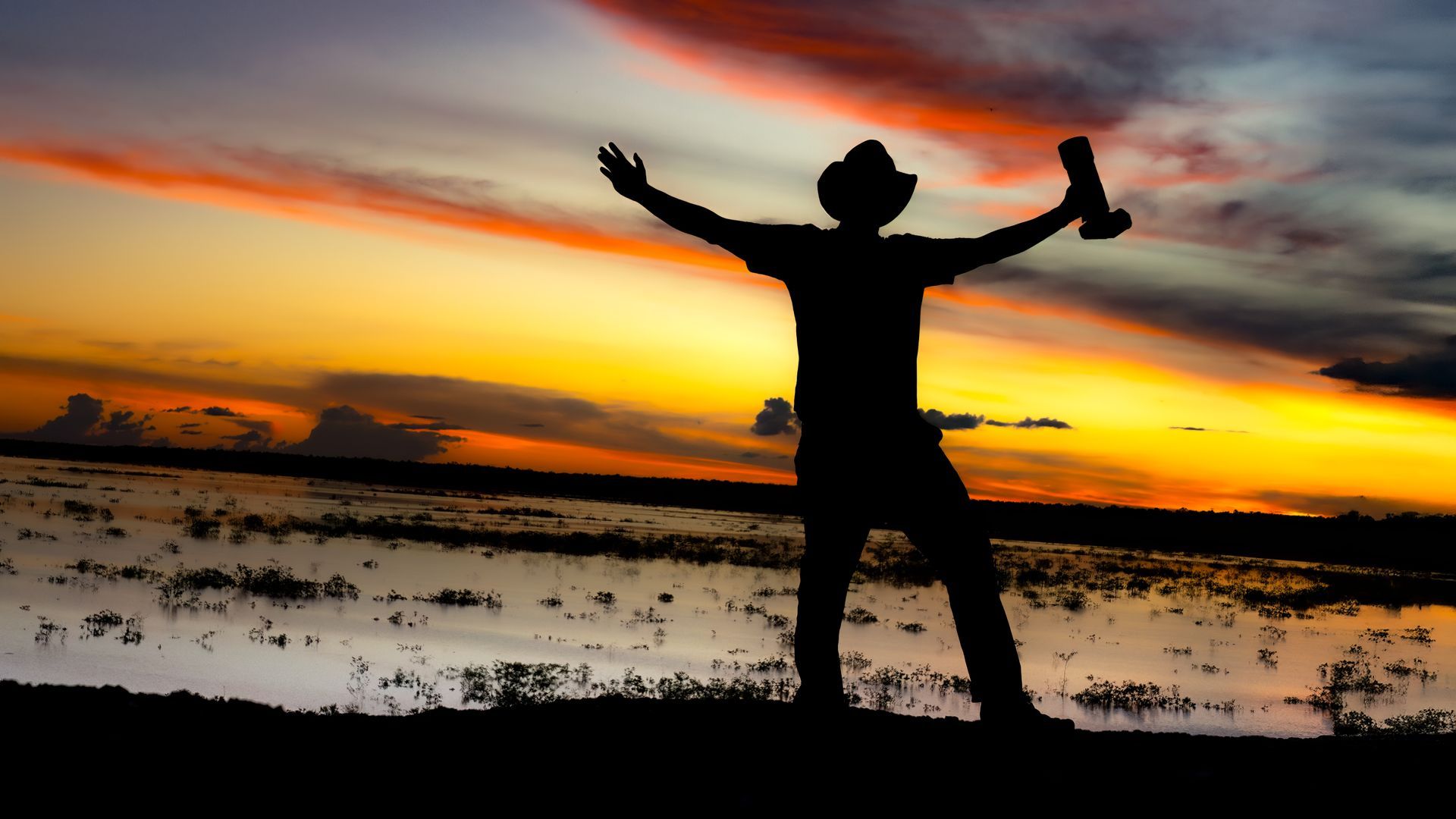
By David Casas
•
September 3, 2025
Colombia is renowned for its rich biodiversity , boasting one of the highest concentrations of bird species in the world. While destinations like the Andes, Amazon, and Sierra Nevada de Santa Marta are widely celebrated, there are hidden gems that remain off the typical birding trail. One such remarkable location is the Mavicure Hills , located in the Guaviare region of Colombia. This remote and pristine area offers unparalleled opportunities for bird photographers, wildlife enthusiasts, and nature lovers seeking a truly immersive experience. In this comprehensive guide, we’ll explore the avian diversity, landscape beauty, photography tips, and travel insights for discovering Mavicure Hills, a hidden bird paradise. Why Mavicure Hills Is Special for Bird Photography The Mavicure Hills are a unique ecological and geological formation : Comprising three massive granite monoliths rising dramatically above the surrounding savannas and riverine forests. Surrounded by rivers, wetlands, and tropical forests that attract diverse bird species. Relatively untouched by tourism, providing pristine habitats and natural behavior of wildlife. For photographers, Mavicure Hills offer opportunities to capture both landscape and bird photography , combining dramatic geological features with colorful avian subjects. Bird Diversity in Mavicure Hills Despite being lesser-known, Mavicure Hills are home to a wide array of bird species , including: Tropical and Neotropical species : tanagers, motmots, parrots, toucans, and manakins. Water-associated birds : herons, kingfishers, and jacamars along the nearby rivers. Endemic and rare species : some species are exclusive to the Guaviare region, making the area a haven for serious birders and photographers. Some notable birds to look out for include: Guianan Cock-of-the-Rock (Rupicola rupicola): A bright orange display bird that thrives in rocky outcrops and nearby forests. Blue-backed Manakin (Chiroxiphia pareola): Known for its elaborate mating displays. Harpy Eagle (Harpia harpyja): Though elusive, sightings are possible in undisturbed forest areas. Scarlet Macaw (Ara macao): Brightly colored and often captured in flight over river corridors. This diversity makes Mavicure Hills a must-visit destination for photographers seeking vibrant colors, dynamic behaviors, and rare species. Best Times to Visit Mavicure Hills Timing is crucial for both birding and photography: Dry Season (December to March) : Trails and river crossings are easier, and sunlight enhances feather colors for photography. Early Morning : Birds are most active during the first few hours after sunrise, providing optimal light and action. Late Afternoon : Soft lighting creates dramatic compositions, particularly when photographing perched or flying birds against the hills’ backdrop. Top Bird Photography Spots Within Mavicure Hills Base of the Hills : Ideal for photographing forest edge species , such as tanagers, motmots, and trogons. Riverbanks and Wetlands : Perfect for waders, kingfishers, and jacamars , often seen hunting along shallow waters. Rocky Cliffs and Outcrops : The Guianan Cock-of-the-Rock and other cliff-dwelling species display here. Early mornings yield the best shots of display flights. Surrounding Savannas : Open areas attract raptors and seed-eating birds, providing opportunities for mid-range telephoto shots. Tips: Carry binoculars for spotting distant species, and always approach quietly to avoid disturbing natural behavior. Photography Tips for Capturing Birds in Mavicure Hills Use a Telephoto Lens (300–600mm) : Essential for capturing shy or flying birds without intrusion. Fast Shutter Speed : Freeze rapid wing movements, particularly for hummingbirds, macaws, and raptors. Tripod or Monopod : Stabilize long lenses in uneven terrain while maintaining mobility. Natural Light : Use early morning or late afternoon light for rich feather colors and dramatic shadows. Patience and Observation : Birds often return to the same perches or feeding spots; waiting quietly yields more authentic shots. Wide-Angle for Landscapes : Combine birds with the dramatic hill formations to create compelling environmental portraits. Ethical Guidelines for Bird Photography Minimize Disturbance : Keep distance from nests, display sites, and feeding areas. Avoid Flash : Flash can startle birds, particularly during mating displays or feeding. Leave No Trace : Carry out all waste, stick to trails, and avoid damaging vegetation. Support Local Conservation : Work with eco-lodges, guides, and community initiatives that prioritize environmental protection. Traveling to Mavicure Hills Reaching Mavicure Hills requires careful planning due to its remote location: Nearest Cities : San José del Guaviare serves as the main access point. Transport : 4x4 vehicles are essential for navigating unpaved roads and river crossings. Boat trips may be necessary to reach specific riverine sites. Accommodations : Eco-lodges and community-based accommodations provide basic comforts and authentic local experiences. Local Guides : Hiring experienced guides enhances the chances of spotting rare species and ensures safe navigation through remote areas. Combining Bird Photography with Cultural Experiences Mavicure Hills is not only a natural paradise but also a place rich in indigenous culture : Guayabero and other local communities : Offer traditional knowledge about wildlife, medicinal plants, and sustainable land practices. Cultural immersion : Workshops, guided walks, and local storytelling enrich your photography expedition. Artistic opportunities : Capture scenes of daily life alongside wildlife photography to tell a more holistic story. Challenges and Tips for Remote Bird Photography Accessibility : Limited roads and changing river levels require planning and flexibility. Weather Conditions : Rain can be sudden; waterproof gear for both photographers and equipment is essential. Physical Preparation : Moderate hiking and river crossings demand good fitness and stamina. Insect Protection : Mosquito nets and repellents are vital, especially near wetlands. Despite these challenges, the rewards are unmatched: rare species, pristine habitats, and spectacular landscapes . Conservation Significance of Mavicure Hills Preserving Mavicure Hills is crucial for biodiversity: Endangered species habitat : Home to globally threatened birds like the Harpy Eagle and Guianan Cock-of-the-Rock. Riverine ecosystems : The surrounding rivers support fish and aquatic birds, maintaining ecosystem health. Community involvement : Ecotourism initiatives provide sustainable income while fostering conservation awareness. Photographers visiting responsibly can contribute to conservation through awareness, funding, and ethical practice. Preparing for a Photography Expedition Gear Checklist : Telephoto lens, tripod, spare batteries, memory cards, waterproof bags, insect repellent, lightweight clothing, and binoculars. Travel Documents : Passport, permits for protected areas, and emergency contacts. Photography Strategy : Research species behavior, plan early-morning sessions, and consider multiple vantage points for varied shots. Health Precautions : Vaccinations, first aid kits, and hydration packs are essential in remote areas. Making the Most of Your Mavicure Experience Patience is key : Birds may take time to appear, especially shy or rare species. Blend landscape with wildlife photography : Use the hills as a natural frame for bird portraits. Experiment with angles : Low angles for perched birds, aerial perspectives if possible, and creative compositions for displaying behavior. Document the journey : Combine photographs with notes on habitat, behavior, and cultural context for storytelling. Conclusion The Mavicure Hills stand as one of Colombia’s best-kept secrets for bird photographers. From dramatic granite outcrops to lush riverine forests and savannas, the region offers unparalleled opportunities to capture rare and vibrant bird species in their natural environment. With preparation, patience, and ethical photography practices, visitors can capture both technical and visually stunning images , while contributing to conservation and appreciating the region’s cultural heritage. Mavicure Hills is not just a destination—it’s an immersive experience where birds, landscapes, and local communities come together to create a photographer’s dream . Whether you’re chasing the elusive Guianan Cock-of-the-Rock, vibrant macaws, or colorful tanagers, Mavicure Hills promises an adventure that will remain etched in memory long after the shutter clicks .


